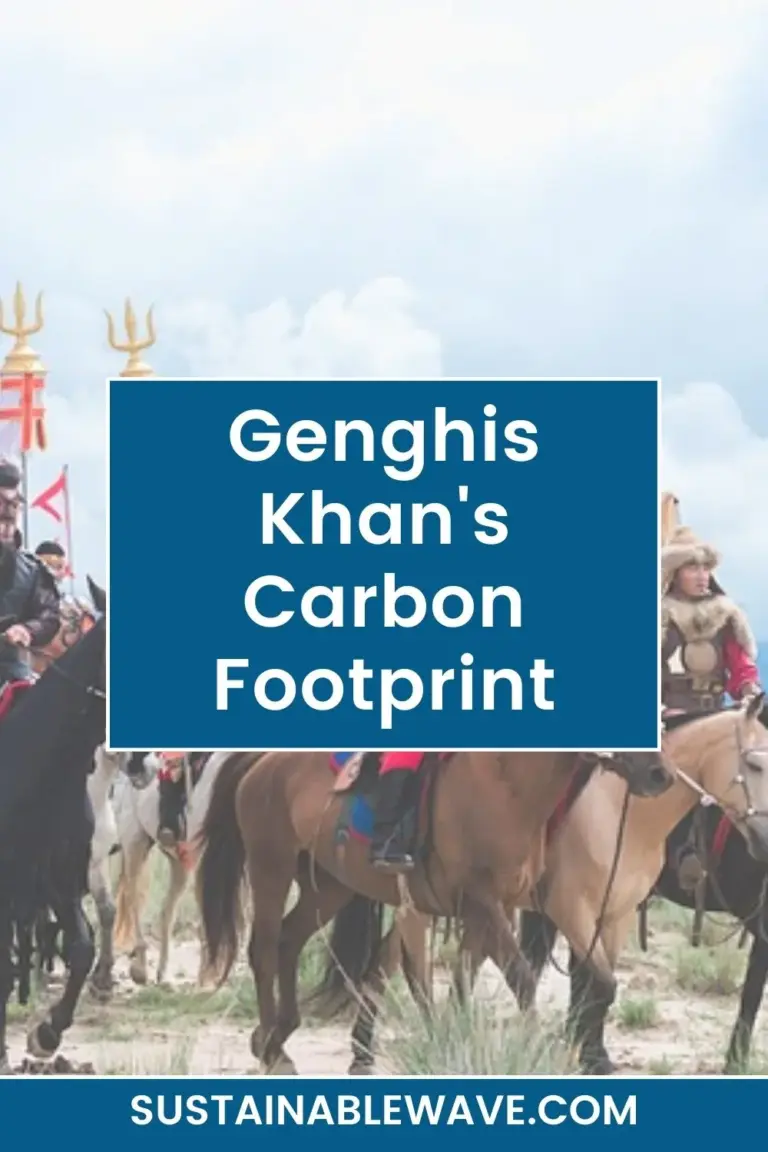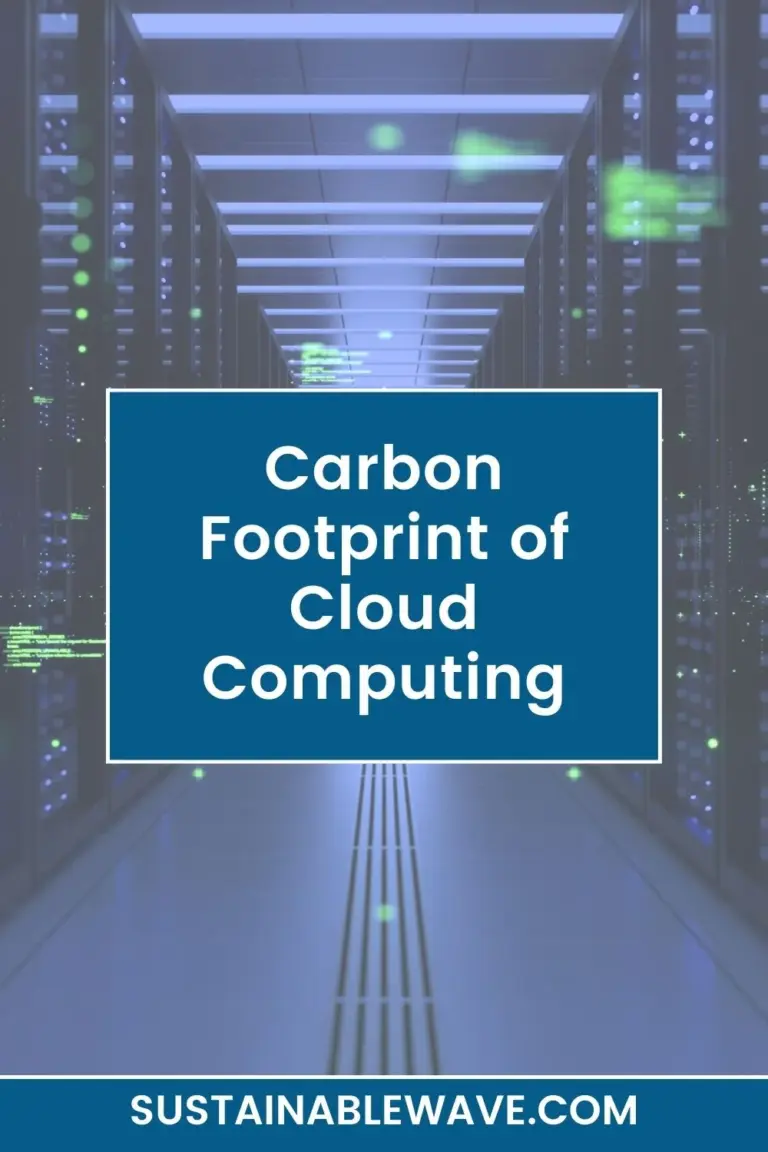Homesteading, a term once used to describe the act of claiming and developing a piece of land, has evolved into a lifestyle choice for many. Sustainable homesteading is the modern twist on this age-old concept, emphasizing eco-friendly practices and self-sufficiency. As the world grapples with environmental challenges, many are turning to sustainable living as a solution.
Sustainable homesteading is an eco-friendly lifestyle emphasizing self-sufficiency and harmony with nature. By adopting its practices, you can enjoy healthier, organic produce, reduce your carbon footprint, and promote biodiversity. This approach not only benefits you directly but also contributes to a healthier, more sustainable planet for all.
Are you ready to learn everything you should know before embarking on this adventure that will not only change your life but the world entirely?
Benefits of Sustainable Homesteading
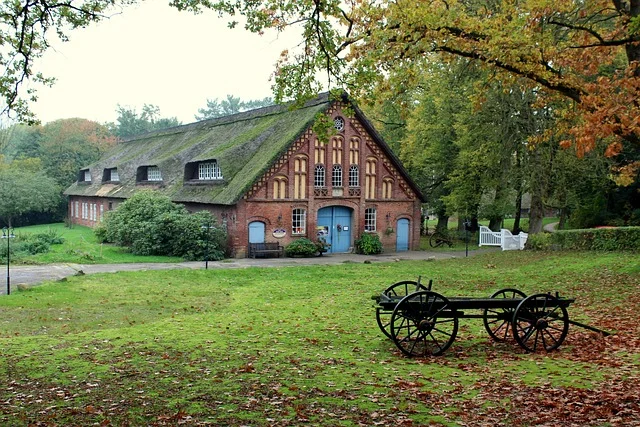
Sustainable homesteading isn’t just a trend; it’s a lifestyle choice that offers a myriad of benefits. From environmental to economic, the advantages of choosing this path are both tangible and profound.
Let’s dive deeper into the perks of this eco-friendly way of life.
Environmental Advantages
At its core, sustainable homesteading is about living in harmony with nature.
By adopting practices that reduce waste, conserve resources, and promote biodiversity, homesteaders play a crucial role in combating environmental degradation.
For instance, by growing organic produce, you can reduce the amount of synthetic chemicals entering the soil and waterways.
Similarly, by using renewable energy sources, you can decrease your carbon footprint and reduce the strain on non-renewable resources.
Health and Wellness Perks
There’s something incredibly satisfying about eating a meal made from ingredients you’ve grown yourself.
But beyond the satisfaction, there’s the health aspect. Sustainable homesteading often involves organic farming, which means your food is free from harmful pesticides and genetically modified organisms (GMOs).
This can lead to better overall health, fewer allergies, and a stronger immune system.
Moreover, the physical activity involved in homesteading—be it gardening, building, or animal husbandry—promotes physical fitness and mental well-being.
Economic Savings
While setting up a sustainable homestead might require an initial investment, the long-term savings are significant.
Imagine not having to spend money on grocery store produce or significantly reducing your utility bills thanks to renewable energy. Over time, these savings add up.
Plus, many homesteaders find additional income streams by selling their organic produce, handmade crafts, or offering workshops and tours.
Starting Your Sustainable Homestead
Embarking on the journey of sustainable homesteading is exciting, but it requires careful planning and consideration.
Here’s a roadmap to help you lay the foundation for your eco-friendly haven.
Choosing the Right Location
The location of your homestead can make or break your sustainable efforts. It’s essential to consider factors like soil quality, water availability, and climate.
For instance, if you’re keen on solar energy, you’ll want a location that receives ample sunlight.
Similarly, if you’re looking to grow specific crops, you’ll need to ensure the soil and climate are conducive.
Additionally, be aware of local regulations and zoning laws that might affect your homesteading activities.
Planning Your Homestead Layout
Once you’ve secured a location, the next step is designing your homestead. This involves deciding where to place your home, garden, livestock areas, and other essential structures. Think about the sun’s path, wind direction, and natural water flow.
A well-planned layout can increase efficiency, making tasks like irrigation and animal care easier.
It’s also worth considering permaculture principles, which emphasize creating synergistic relationships between different parts of the homestead.
Budgeting and Financial Planning
Starting a homestead requires an investment. It’s essential to budget for initial setup costs like land purchase, construction, and buying livestock or seeds.
Additionally, planning for ongoing expenses and potential income streams, such as selling produce, can ensure financial sustainability.
Skill Acquisition and Learning
Sustainable homesteading involves a diverse range of activities, from gardening to animal husbandry to basic carpentry.
Before diving in, identify the skills you’ll need and seek out resources, workshops, or community classes to equip yourself with the necessary knowledge.
Starting a sustainable homestead is undoubtedly a commitment, but with the right approach and mindset, it’s a rewarding journey that benefits you, the community, and the planet.
Raising Livestock Sustainably
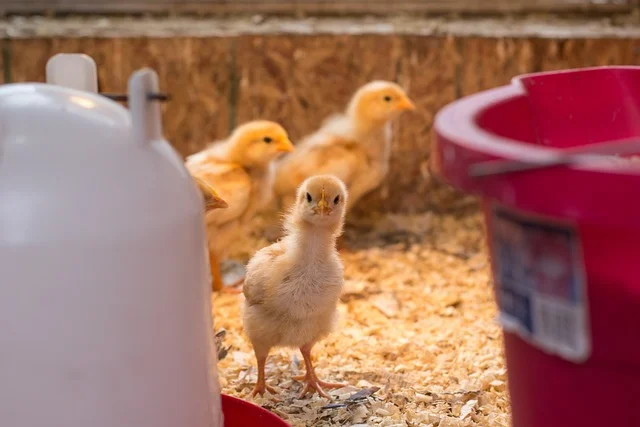
The decision to raise livestock is a significant one, and doing so sustainably requires a thoughtful approach. Sustainable animal husbandry is about ensuring the well-being of the animals while minimizing environmental impact.
Choosing the Right Animals
Selecting the appropriate livestock for your homestead is a blend of practicality and purpose. The size of your land, the region’s climate, and your goals—whether for meat, milk, wool, or companionship—all play a role.
For smaller plots, chickens or rabbits might be ideal, offering eggs or meat without needing vast grazing areas.
In contrast, larger lands can accommodate cows or goats, which can provide dairy products. It’s also essential to consider the animals’ care requirements and your ability to meet them.
Researching breeds, understanding their needs, and aligning them with your capabilities ensures a sustainable coexistence.
Raising animals sustainably goes beyond just meeting their basic needs. It’s about ensuring they have a quality life. This means providing ample space to roam, a natural diet, and protection from predators.
Avoiding unnecessary medications or hormones and practicing humane slaughtering methods are also crucial aspects of ethical animal husbandry.
Sustainable Energy Sources
Transitioning to sustainable energy sources is a cornerstone of sustainable homesteading. Not only does it reduce your carbon footprint, but it can also lead to significant cost savings in the long run.
- Solar Power for Homesteads: Solar energy is one of the most accessible and efficient renewable energy sources. By installing solar panels, you can harness the sun’s power to generate electricity for your homestead. With advancements in technology, solar systems have become more affordable and efficient.
- Wind Energy Basics: If your homestead is in a windy location, wind turbines can be a viable energy source. Wind energy is clean and renewable, and while the initial setup costs can be high, the long-term benefits in terms of cost savings and reduced environmental impact are significant.
- Biomass and Alternative Fuels: Biomass energy is derived from organic materials. This can include wood, agricultural residues, or even animal manure. By converting these materials into fuel, you can generate heat or electricity in an eco-friendly manner.
Waste Management and Recycling
A sustainable homestead aims to produce as little waste as possible. Effective waste management and recycling practices are crucial to achieving this goal.
- Composting Basics: Composting is a natural process that turns organic waste into nutrient-rich soil. By setting up a composting system, you can recycle kitchen scraps, yard waste, and even certain types of paper. The resulting compost can be used to enrich your garden soil, promoting healthier plant growth.
- Reusing and Repurposing: Before discarding something, consider if it has another use. An old t-shirt can become a cleaning rag, and a broken pot can turn into a quirky garden decoration. By reusing and repurposing items, you reduce waste and give objects a new lease on life.
Building a Sustainable Home
Creating a sustainable homestead isn’t just about the land and its produce; it’s also about the very structure you live in.
Building a sustainable home involves considering its impact on the environment from construction to daily living.
- Eco-friendly Building Materials: The materials you choose can have a significant impact on your home’s sustainability. Opt for materials that are sustainably sourced, recycled, or have a low environmental footprint. For instance, bamboo is a fast-growing resource that can be used for flooring, while reclaimed wood can add character to your interiors without further depleting forests.
- Designing for Energy Efficiency: The design of your home plays a crucial role in its energy consumption. Consider factors like insulation, window placement, and passive solar design. Proper insulation can reduce the need for heating and cooling, while strategically placed windows can maximize natural light and ventilation. Incorporating passive solar design means your home can harness the sun’s energy for heating, reducing the need for artificial sources.
Community and Sustainable Homesteading
While homesteading often emphasizes self-sufficiency, there’s immense value in the community.
Building connections with fellow homesteaders and the larger community can offer support, share resources, and foster a sense of belonging.
- Building a Like-minded Community: Sustainable homesteading can sometimes feel isolating, especially if you’re in a region where it’s not common. However, seeking out and connecting with like-minded individuals can provide a support system. This could be in the form of local groups, online forums, or regular community meetups.
- Sharing Resources and Knowledge: One of the beauties of a community is the pooling of resources and knowledge. Maybe your neighbor has a tool you need, or perhaps they’ve found a solution to a pest problem you’re facing. By sharing resources, you reduce individual costs and waste. Sharing knowledge, on the other hand, can help the community overcome challenges and innovate together.
Final Words on Sustainable Homesteading
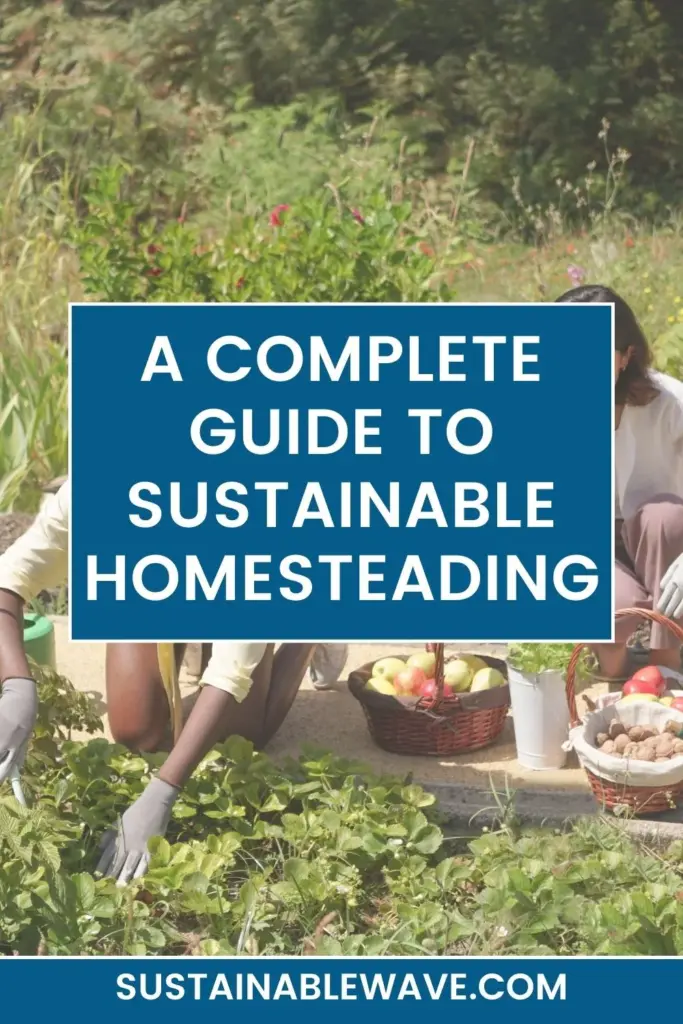
Embracing a sustainable lifestyle is rewarding but not without its challenges. From dealing with pests organically to finding sustainable energy sources, the journey can be daunting.
With determination and the right resources, you can overcome these hurdles and enjoy the myriad benefits of sustainable homesteading.
Sustainable homesteading offers a path to a healthier, more eco-friendly lifestyle. While the journey requires effort and dedication, the rewards – both for individuals and the planet – are immense.
By embracing sustainable practices, we can pave the way for a greener, brighter future.
I’m Thomas, the owner of SustainableWave. Passionately promoting a sustainable planet. With experience in various eco-roles, I’ll share green tips, sustainability hacks, and personal eco-journeys on my blog.





